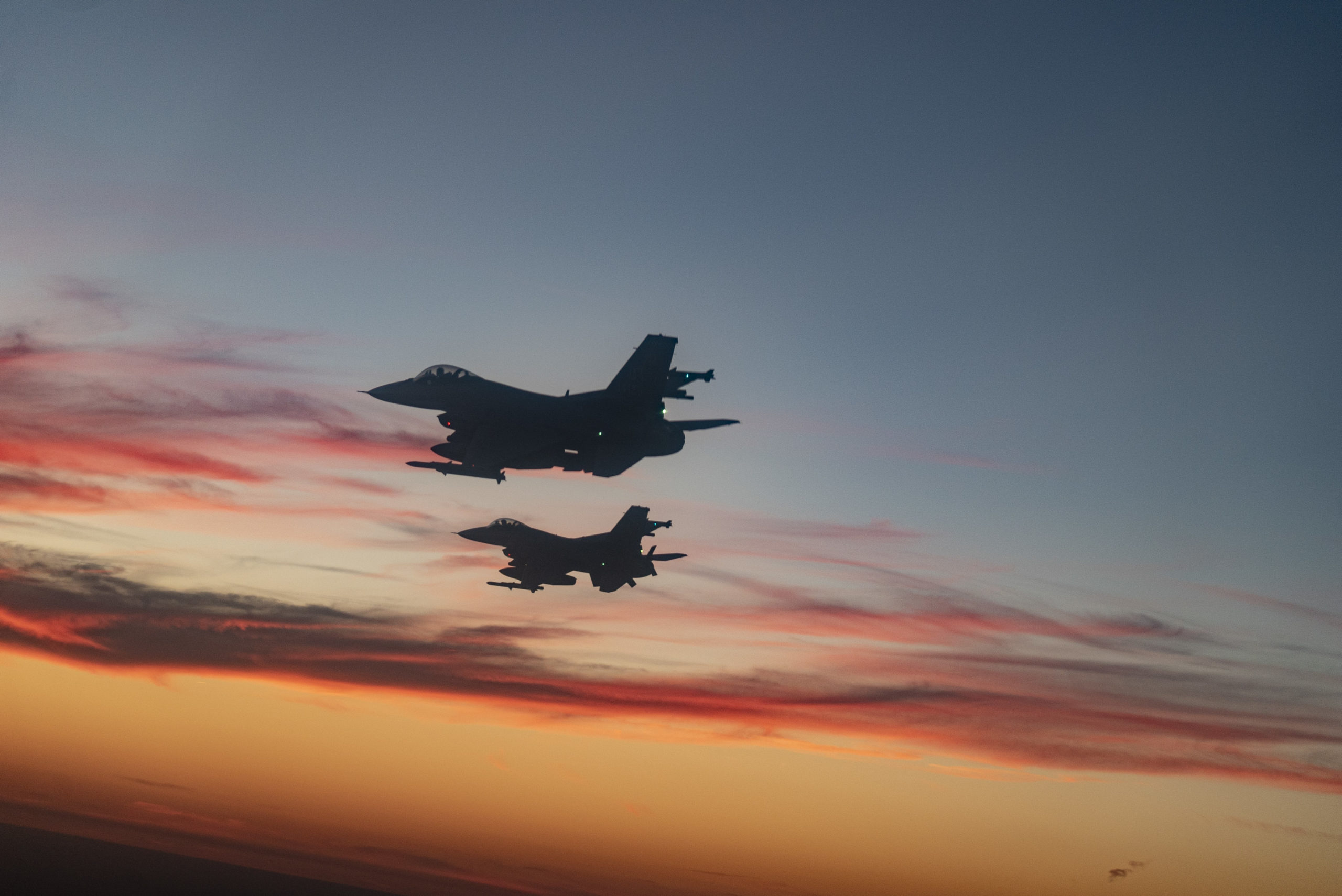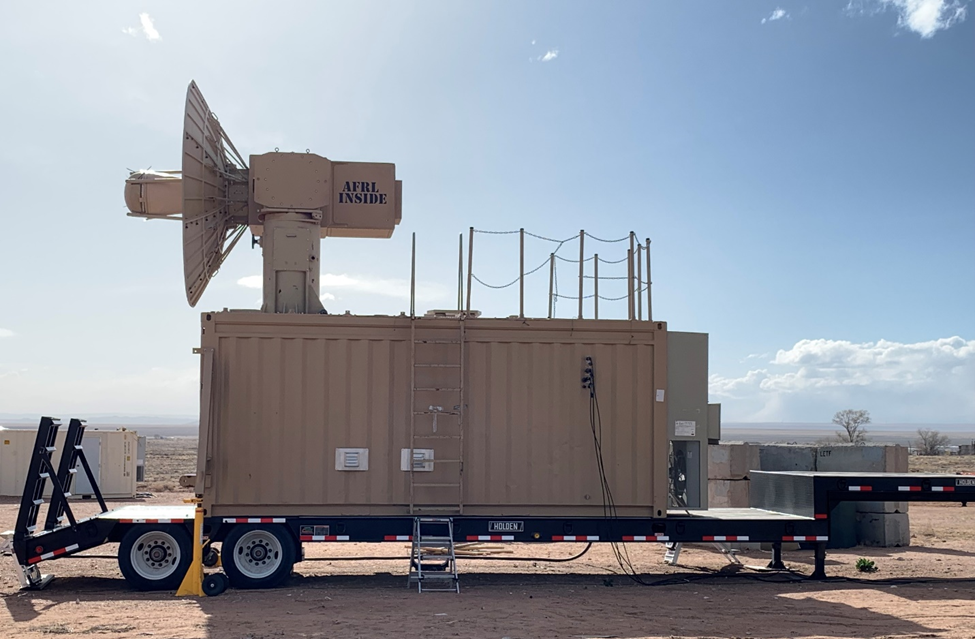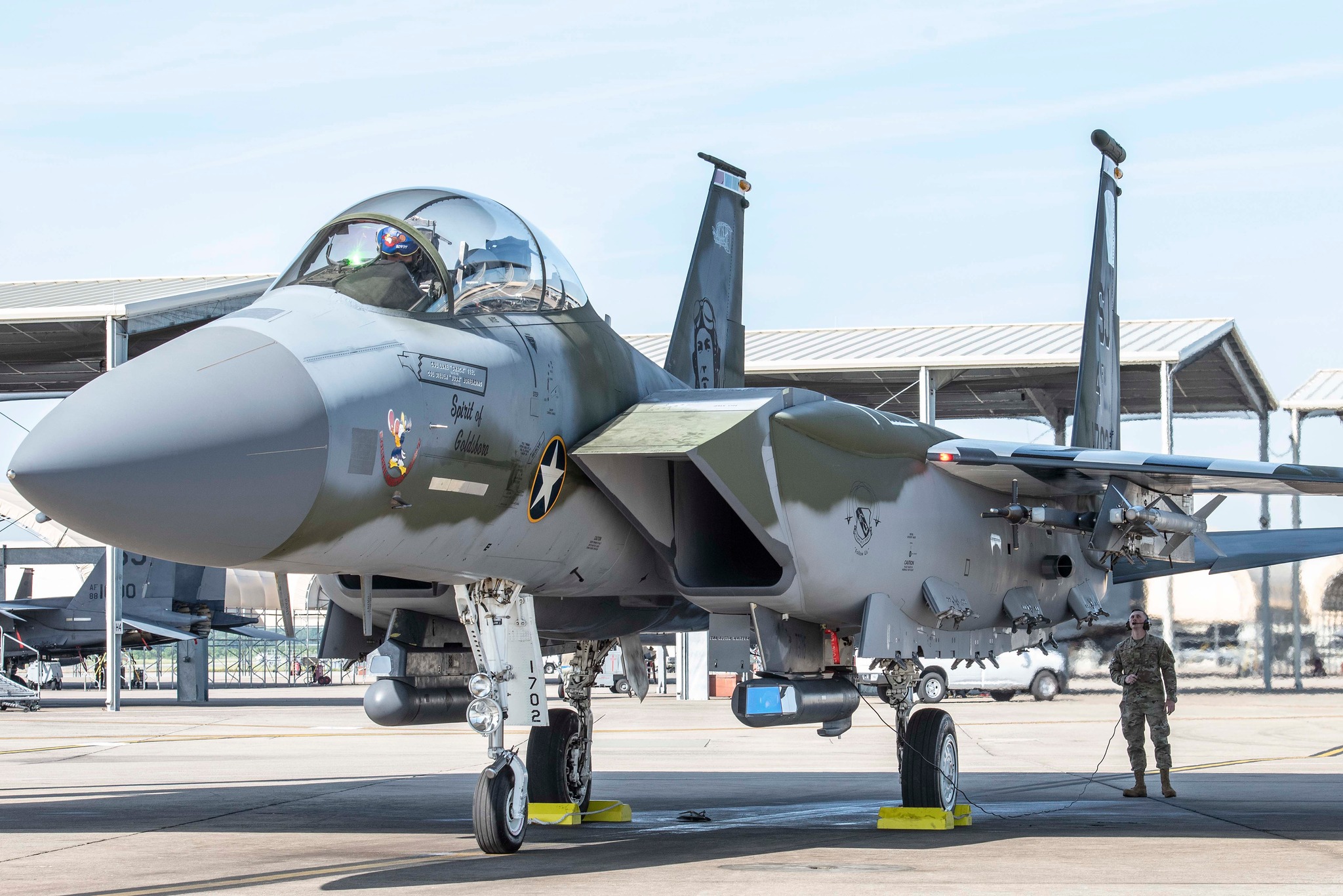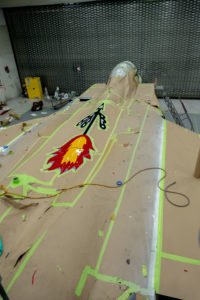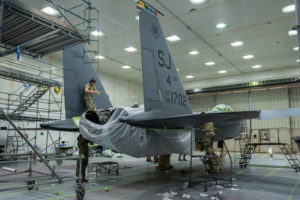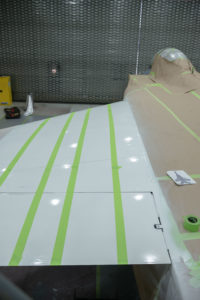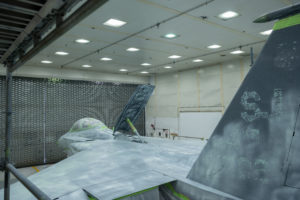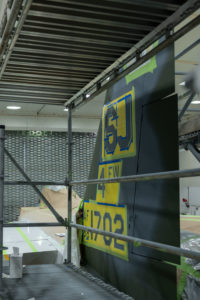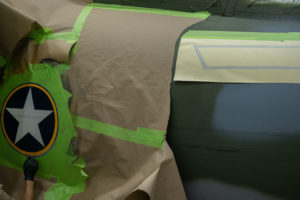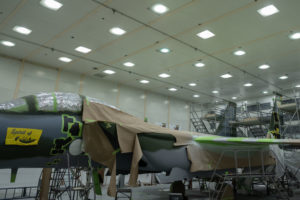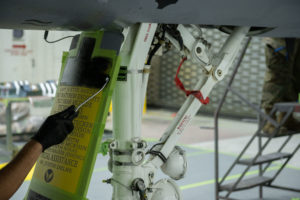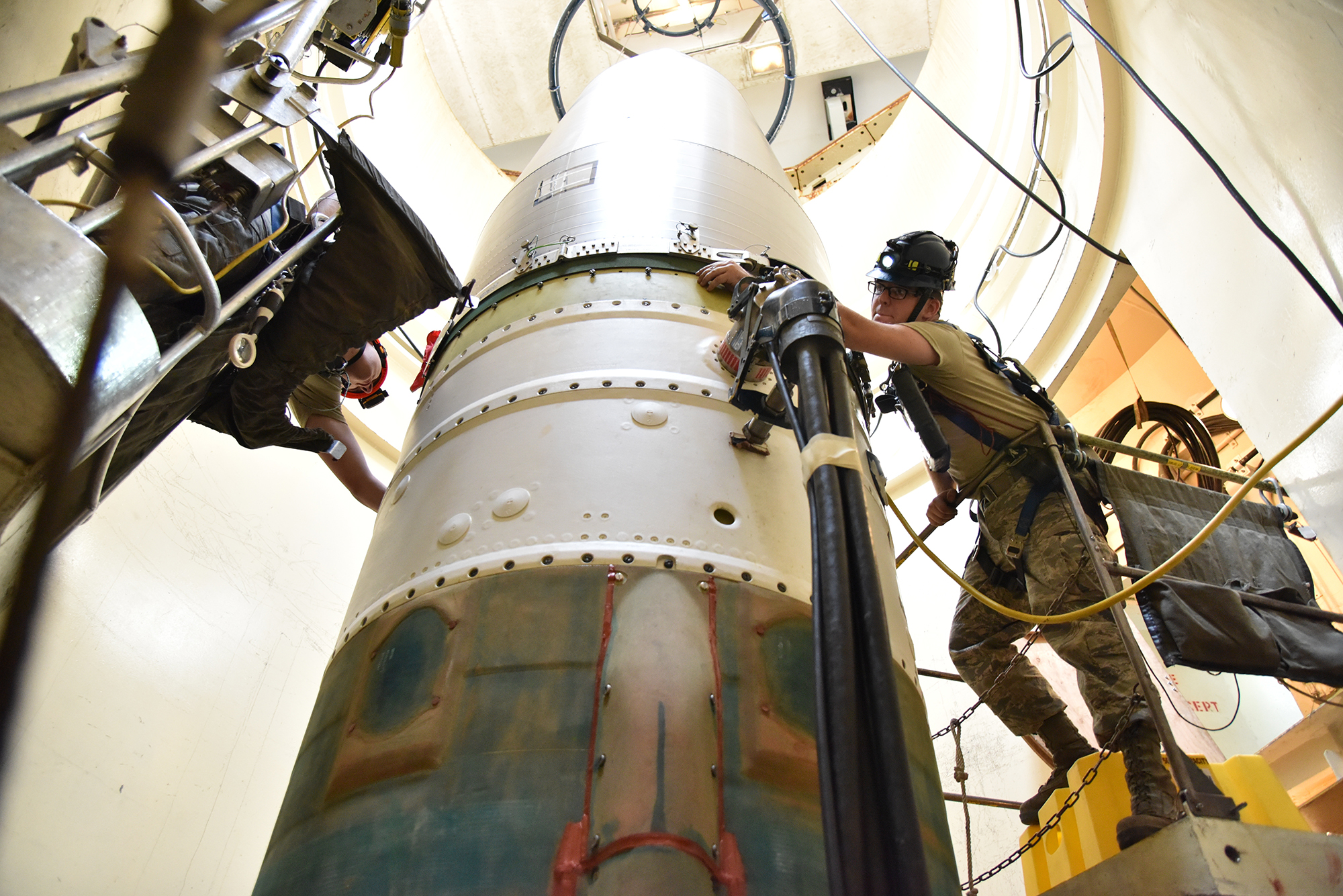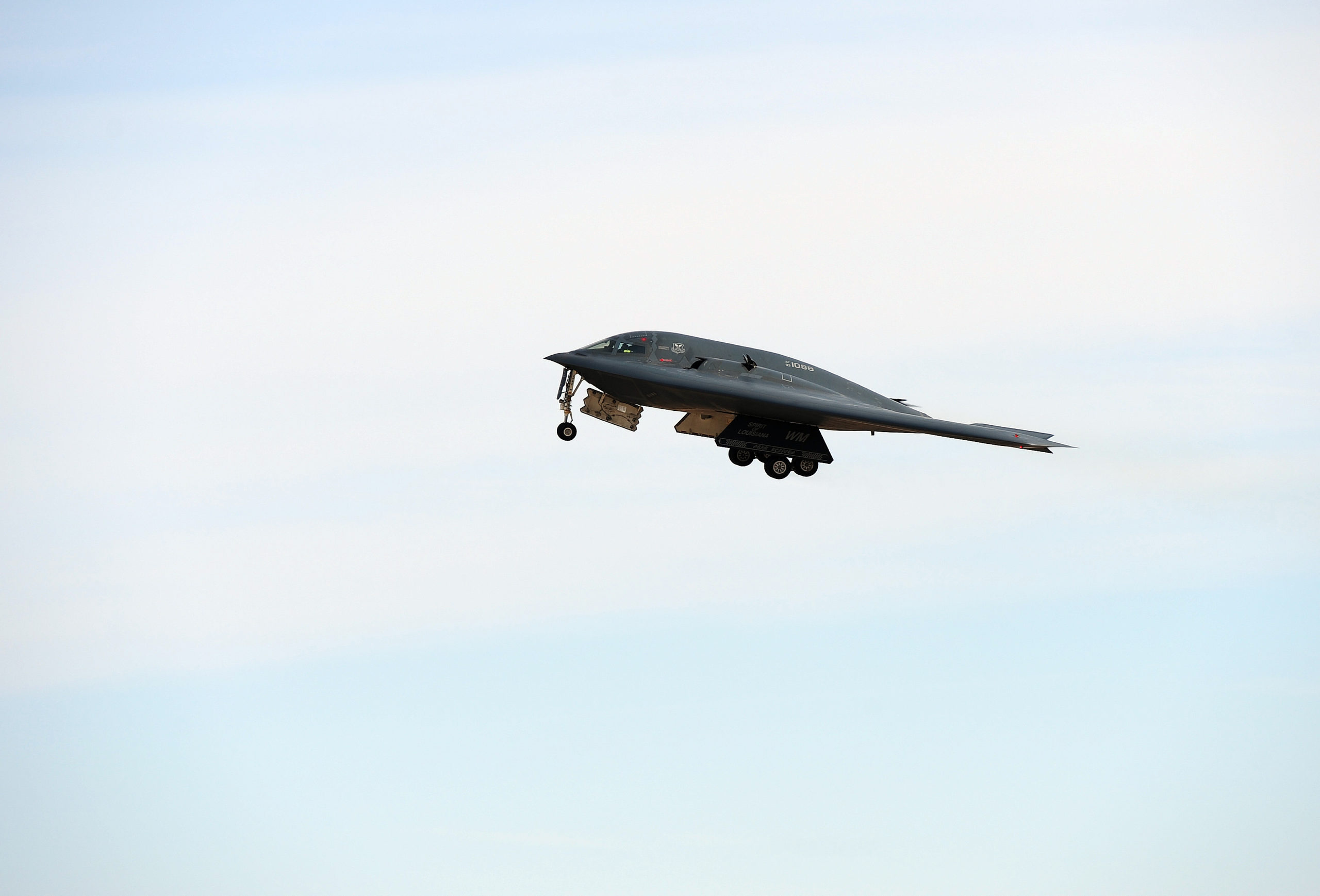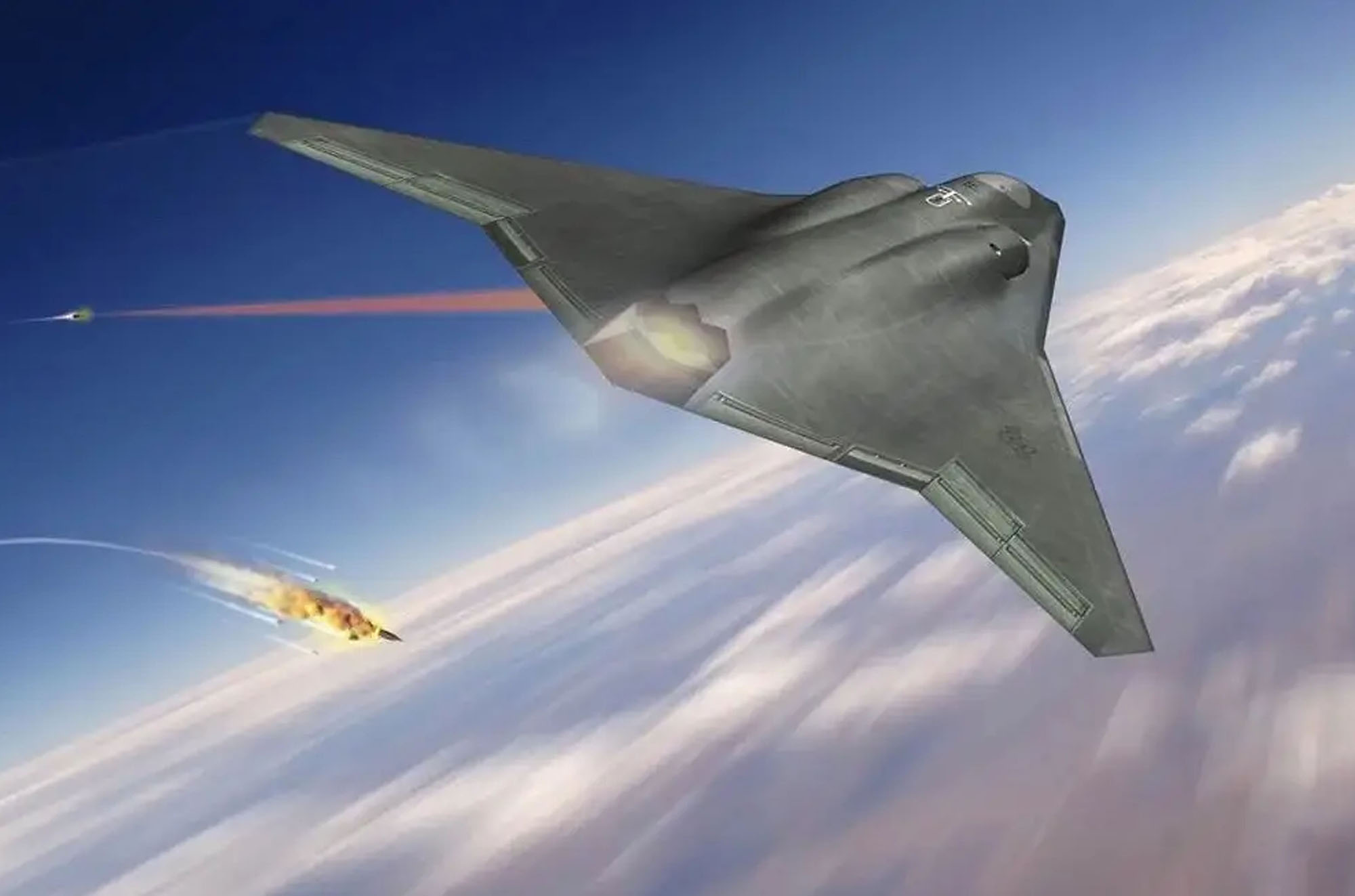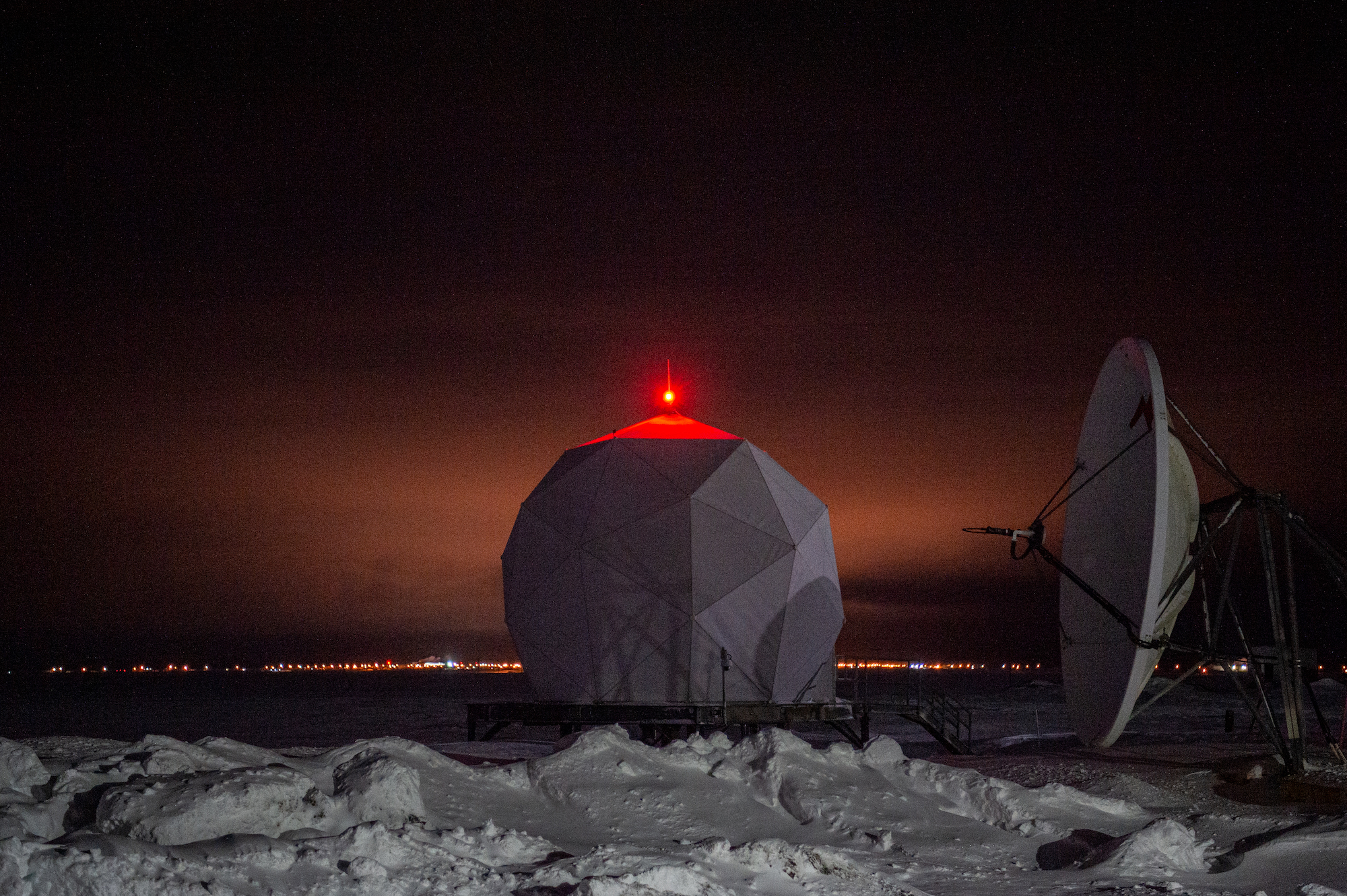President Joe Biden’s administration will support allies providing modern, fourth-generation fighters to Ukraine, including U.S.-made F-16s, a senior administration official told Air & Space Forces Magazine on May 19. Biden informed allies of the plan at a meeting of the G7 in Hiroshima, Japan, the official said.
The U.S. “will support a joint effort with our allies and partners to train Ukrainian pilots on fourth-generation fighter aircraft, including F-16s, to further strengthen and improve the capabilities of the Ukrainian Air Force,” the senior administration official added.
Where the planes will come from remains unclear for now. The training effort includes the U.S., United Kingdom, the Netherlands, Belgium, and Denmark.
“Our pilots can’t wait to begin the training,” a Ukrainian official told Air & Space Forces Magazine on May 20. The Ukrainian official said details were being worked out but “the ball started to roll.”
Britain and the Netherlands increased pressure on the U.S. with a May 16 push to provide fighters to Ukraine. U.S. approval is required for American-made weapons to be provided to a third-party nation.
The Biden administration had steadfastly refused to provide F-16s or support foreign delivery of American-made fighter jets, arguing that such a costly and advanced system would require too much investment and too much training time to make them useful to Ukraine in this conflict. Now that position has changed.
“This training will take place outside Ukraine at sites in Europe and will require months to complete,” the senior administration official said. “We hope we can begin this training in the coming weeks.”
Previously U.S. officials had said F-16 flight training would take 18-24 months and providing the jets might cost at least $2 billion. Outgoing undersecretary of defense for policy Colin Kahl testified on that point in Congress. Kahl’s departure, set for July, was announced May 17, two days before the policy change. It is unclear if the two are related or coincidental.
Airpower experts say the cost and timeline to provide F-16s to Ukraine depends largely on the number, age, and types of F-16s provided. In his testimony, Kahl referenced the cost and timeline for new jets. But older aircraft that may be excess inventory from U.S. or allies’ fleets could be delivered much sooner.
The senior administration official said the U.S. have focused so far on providing near-term capabilities to support an expected Ukrainian counteroffensive.
“To date, the United States and our allies and partners have focused on providing Ukraine with the vast majority of the systems, weapons, and training it requires to conduct offensive operations this spring and summer,” the official said. “Discussions about improving the Ukrainian Air Force reflect our long-term commitment to Ukraine’s self-defense.”
U.S. officials have always left open the notion of helping Ukraine acquire modern aircraft in the future but have opposed trying to do so for the current conflict.
NATO allies praised the change in position.
“We welcome the upcoming approval by the United States of the training of Ukrainian pilots on F-16 fighter jets,” Kajsa Ollongren, the Dutch minister of defense, said. “Together with our close allies Denmark, Belgium, and the U.K. we are working on the modalities. We stand ready to support Ukraine on this.”
British Prime Minister Rushi Sunak said the U.K. would help “get Ukraine the combat air capability it needs.” Britain does not own or operate F-16s but has discussed providing Typhoon aircraft. The U.K. recently provided Ukraine with Storm Shadow long-range cruise missiles, which Britain says have already been used.
The U.S. senior administration official said the Western allies still needed to decide “when to actually provide jets, how many we will provide, and who will provide them.”
Yahoo News reported May 18 on an assessment by the U.S. Air National Guard, which is evaluating the skills of two Ukrainian pilots who have trained on F-16s. The assessment concluded that “four months is a realistic training timeline,” and that the Ukrainian pilots were skilled enough to handle sophisticated challenges, including safely landing (in a simulator) following an engine flameout. But the report also indicated the pilots’ lack of English language skills presents a barrier and concern. In addition, the Ukrainian pilots were not familiar with Western-style flying and organizational approaches.
A Ukrainian official told Air & Space Forces Magazine earlier this month the Ukrainian Air Force has a “couple of dozens” of pilots proficient enough in English to train on F-16s.
Ukrainian President Volodymyr Zelenskyy is set to address the G7 summit meeting.
“This will greatly enhance our army in the sky,” Zelenskyy said. “I count on discussing the practical implementation of this decision.”
Editor’s note: This story was updated May 20 with additional comments from a Ukrainian official.
